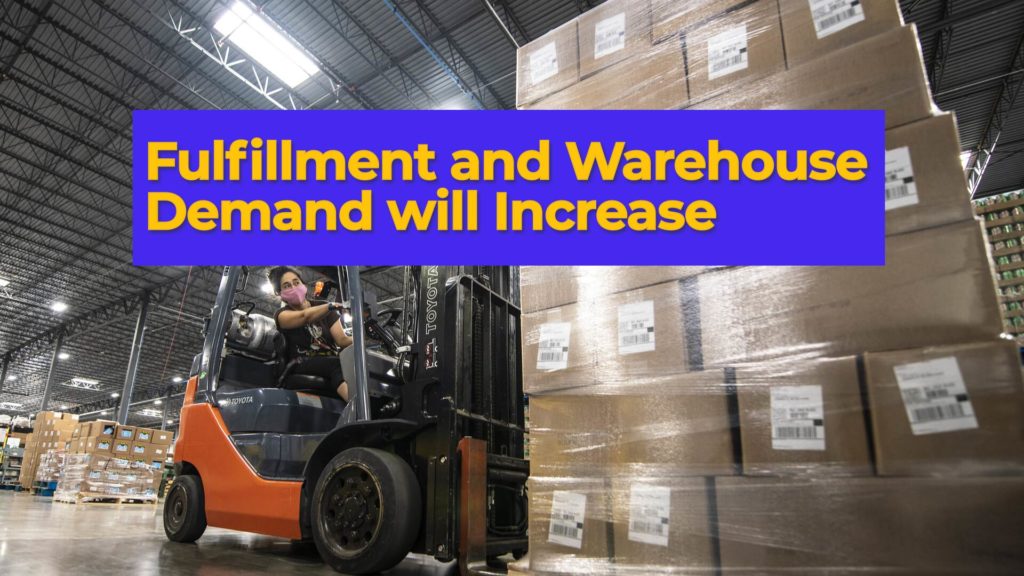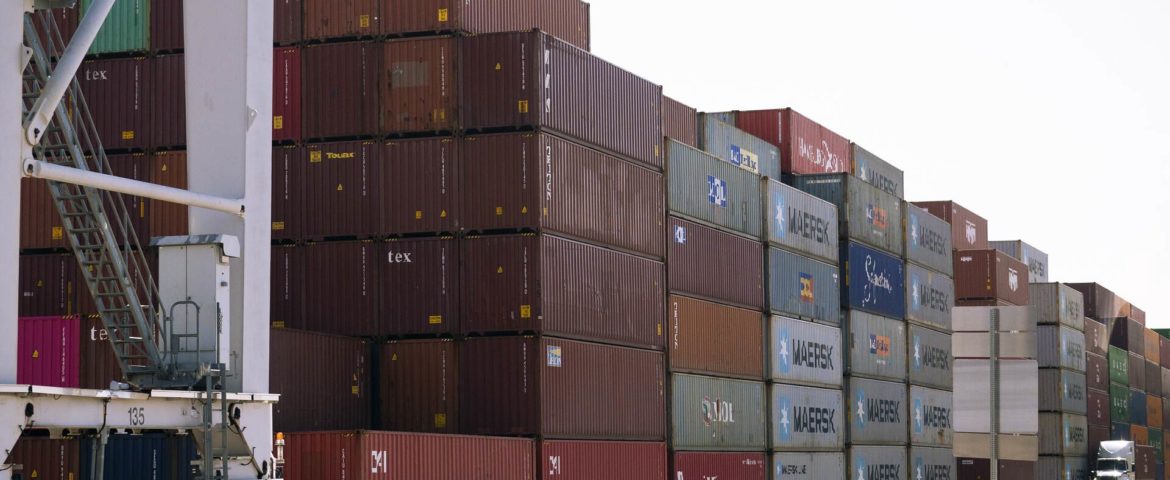2022 will be another year of challenges for supply chain planners, even though hopefully the worst of the covid-19 pandemic is behind us, with the widespread rollout of vaccines, there are still large challenges that must be dealt with to keep inventory on the shelves. If there’s a theme we expect to see pervasive throughout the industry, it is diversification and resilience. Most supply chains by now have figured out how to deal with current covid-19 related disruptions, but better preparing their supply chains for future disruptions while maintaining cost controls is another major long-term process.
Carrier Pricing and Capacity
The truck driver shortage will continue to get worse in the coming years. While this has been less talked about in the last two years due to the covid-19 related supply chain disruptions, it will be an increasingly important topic of discussion. Many carriers are having issues recruiting new drivers even with higher driver pay than in years past.
The domestic full truckload shipping market is heavily supply and demand base, so with a continued strong consumer demand coupled with fewer truck drivers, freight prices are much higher than before depending on the lane. Over time, it’s hard to see a scenario that would make trucking prices drop, other than the unfortunate possibility of further economic downturns caused by any number of issues.
Ocean pricing is also cyclical, it’s tough to point to what ocean prices will do in coming years as there are multiple pricing pressures. On one hand, tougher emissions and fuel regulations will without a doubt increase the costs to ocean carriers, however, ocean shipping firms are also adding more capacity than ever before to their fleets. Ports themselves are also investing heavily in bolstering capacity, and many smaller ports like the Port of New Orleans, Mobile, etc trying to attract more volume.
Mode diversification strategies such as incorporating intermodal into supply chain and transportation planning make supply chains less reliant on one carrier or form of transportation. If a localized issue occurs that limits trucking capacity or raises prices on a lane, intermodal typically isn’t as affected meaning the shipper can continue to access freight capacity and move freight at a lower cost than solely using over-the-road trucking. For freight lanes longer than 500 miles, intermodal is generally less costly in addition to the diversification benefits above. For those wanting to create a more green supply chain, intermodal produces significantly fewer carbon emissions than OTR trucking.

Warehousing and Distribution
Warehouse space is in massive demand. With more e-commerce shopping than ever before, more brands are needing warehouse and fulfillment partners to help position inventory in optimized locations based on their customers. Larger warehousing firms have been busy trying to consolidate warehouse space and build more when possible.
Third-party final mile distribution and fulfillment firms are also seeing success as many smaller e-commerce brands don’t have the logistics resources to properly invest and execute a cost-efficient fulfillment service. All of this is on top of parcel shipping rates increasing.

Expect to see more growth in the warehousing and distribution space in the coming few years, with ever increasing amounts of technology deployed to help improve operational efficiency.
Technology Across the Industry
Technology will continue to permeate the supply chain industry in nearly every way imaginable. Everything from shipment tracking and visibility, to applications of the internet of things, to electric trucks, more modern gate systems at ports, more robotics in warehouses will become more prevalent and mature in their use. Nearly every niche of the industry has seen a large increase in the type of technology available to solve issues.
Electric trucks are very much on the horizon and already are being applied in shorter haul applications like drayage, which provides a real use scenario for electric trucks that lack the range keeping them away from long haul OTR routes. Drayage routes are often under 150 miles which is well within the current range of many 1st gen electric commercial trucks.
Shipment visibility has seen a wave of change in the last couple of years with numerous incumbents and new players striving to provide much better real-time information on where shipments are at any given time. This allows supply chain planners to better predict and solve problems early and allows warehouses to adjust to when a shipment actually will arrive.
Other supply chain technologies provide shippers access to shipping capacity they might not otherwise be able to use. Zmodal fills the niche of offering shippers easy access to intermodal freight, which provides capacity and often cost reductions to over the road long haul trucking. On certain lanes where trucks are scarce, zmodal’s intermodal shipping platform helps to keep our customers’ freight moving.
Manufacturing Changes
Many supply chains are looking at ways to diversify their operations and increase resiliency in the face of disruption. Covid-19 was a tough lesson for even the largest of brands, with inventory and chip shortages still a massive issue for many firms. Supply chains in 2022 will increase the importance of resilience in their long-term planning, and this could come in many forms.
It’s increasingly likely that more firms will diversify their manufacturing and at least consider near-shoring some of their production for a variety of reasons. Nearshoring in Mexico means that production is that much closer to end buyers in the US and that air/ocean transportation is no longer required, thus bypassing the expensive transpacific freight and west coast port congestion in favor of cross border truck shipping or cross border intermodal rail shipping.
Political risk also factors into the decision of where to locate manufacturing facilities, with an emphasis on beneficial intellectual property policies and conflict resolution procedures. This is another reason that many firms, including massive consumer brands, are relocating manufacturing to southeast Asia and Mexico.
Port Congestion
There’s little evidence that port congestion is going away anytime soon for a number of reasons. Currently, a record number of cargo ships are still backed up waiting to unload, landside congestion is also present in the form of a lack of available drayage trucks to properly move shipping containers out of the port facilities.
Beyond this, continued covid challenges such as localized outbreaks or new variants can also reduce throughput capacity and make congestion worse.
Our recommendation is to continue to expect delays and incorporate that outlook into your supply chain and inventory planning going into 2022.
Political and Economic changes
There is always the possibility of political changes to trade such as tariff changes, changes in tax code, etc that could put pressure in one way or another on supply chains. Particularly any change to current trade policy with China could prompt supply chains to make different choices or force them to react in the face of new legislation.
Overall economic sentiment is pretty strong currently, with low unemployment numbers and an overall positive economic outlook. Of course, if a new more aggressive strand of Covid were to become widespread, there could be a risk of reduced consumer demand.
Want a free lane and cost savings analysis? – Get in Touch!
Zmodal is a top intermodal shipping company providing door-to-door intermodal, and full truckload services nationwide throughout our digital supply chain dashboard which provides easy route searching, booking, document management, and analytics. CONTACT US if you want to lower your supply chain costs or want access to North American intermodal capacity.



